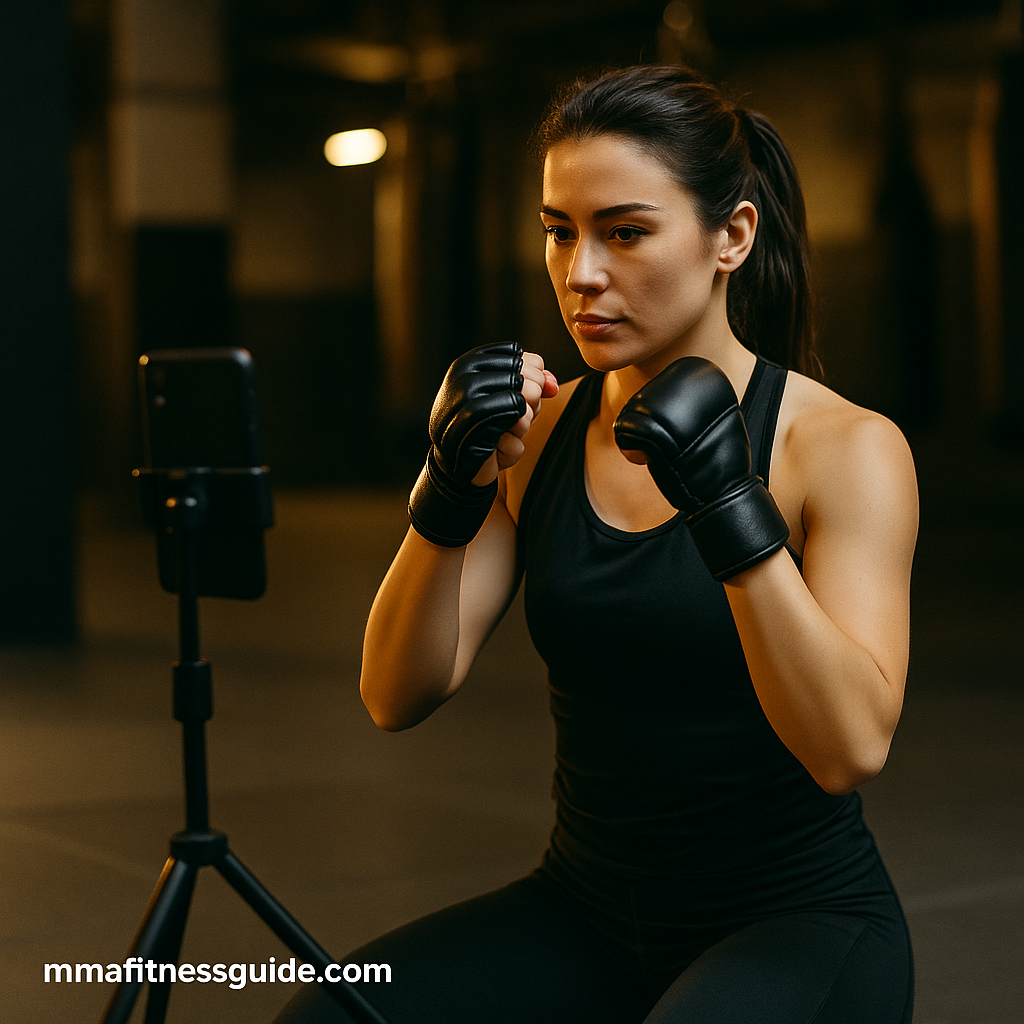
Why Every Fighter Needs a Digital Game Plan
In today’s fight world, your reputation isn’t built only in the cage — it’s built online.
Social media has become one of the most powerful tools for martial artists to grow their audience, attract sponsors, and build a personal brand.
Whether you’re a pro athlete or a beginner looking to build credibility, smart social media marketing can help you turn passion into opportunity.
The Purpose Behind Social Media for Fighters
Posting random content isn’t enough. The goal is to share your journey and build authentic connections.
Social media is your chance to:
- Document your training and progress
- Show discipline, personality, and values
- Attract sponsors or gyms
- Inspire and educate others
- Grow a loyal fanbase that supports your career
The best fighter accounts tell a story — one that feels real and relatable.
Step 1: Define Your Brand Identity
Before you post, define who you are and what your message is.
Ask yourself:
- What makes me different as a fighter or person?
- What values do I want to represent (discipline, humility, perseverance)?
- Who is my target audience (fans, students, potential sponsors)?
Example:
If you’re a Muay Thai specialist, your content might focus on traditional training, culture, and technique.
If you’re an MMA prospect, you might showcase grind, lifestyle, and mindset.
Be clear about your identity — it’s what makes followers stay.
Step 2: Choose the Right Platforms
You don’t need to be everywhere — just where your audience is most active.
Best platforms for fighters:
- Instagram: For visuals — training clips, reels, fight highlights.
- YouTube: For long-form storytelling — vlogs, tutorials, or breakdowns.
- TikTok: For quick, engaging clips with high reach potential.
- X (Twitter): For sharing thoughts, updates, and connecting with other athletes.
- Facebook: For community groups and event promotions.
Pick 2–3 platforms you can manage consistently. Quality always beats quantity.
Step 3: Content That Builds Connection
What you post matters just as much as how often you post.
Focus on storytelling — not self-promotion.
High-performing content ideas:
- Training clips with captions explaining the drill
- Fight preparation and behind-the-scenes moments
- Daily routines, diet, and mindset posts
- Lessons learned from wins and losses
- Inspirational quotes or reflections
- Fan interaction posts (Q&A, polls, live streams)
Use captions that provide insight — not just hashtags. Teach, inspire, or entertain with every post.
Step 4: Stay Consistent and Authentic
The algorithm rewards consistency, but so do your followers.
Create a simple schedule:
- 3–4 posts per week
- 2–3 stories per day
- 1–2 longer videos per month
Be real. Share your struggles and triumphs — people follow authenticity, not perfection.
Even a short clip of you drilling combos or reflecting after training can outperform a polished highlight reel if it’s honest.
Step 5: Leverage Video and Reels
Video content dominates social media, especially for fighters.
Show movement, power, and personality.
Tips for fight-based video marketing:
- Use natural lighting and minimal editing for realism.
- Add short captions or text overlays explaining the drill.
- Keep videos 15–30 seconds for reels.
- End with a subtle call to action: “Follow for more MMA training tips.”
You don’t need fancy production — just consistency, good framing, and passion.
Step 6: Build Engagement
Social media is not a broadcast — it’s a conversation.
Engagement boosters:
- Reply to comments within 24 hours
- Thank fans and followers for support
- Tag your gym, coaches, and teammates
- Collaborate with other martial artists for shared reach
- Use polls and stories to involve your audience
When people feel heard, they stick around — and share your content.
Step 7: Use Analytics to Adjust Strategy
Most platforms offer free analytics. Track what works and what doesn’t.
Pay attention to:
- Which posts get the most saves, shares, or comments
- The best times of day your audience engages
- Which hashtags or formats perform best
Refine your content strategy monthly to keep improving.
Step 8: Partner with Brands and Gyms
Once your page shows consistency and engagement, brands will notice.
Don’t wait for offers — reach out professionally.
Tips for sponsorship outreach:
- Have a media kit (bio, follower stats, top-performing content)
- Pitch collaboration ideas, not just requests for money
- Offer mutual value — e.g., feature their gear in posts or stories
- Stay loyal to brands that align with your values
Authenticity sells. Never promote something you wouldn’t actually use.
Key Takeaways
- Social media is your digital fight record — treat it seriously.
- Define your personal brand and values.
- Post authentic, consistent content that tells your story.
- Engage with your audience — connection builds loyalty.
- Track your progress, learn from data, and evolve your strategy.
Your followers want to see not just your wins — but your journey.
As Bruce Lee once said,
“The successful warrior is the average man, with laser-like focus.”
That focus applies just as much to your online presence as your training.
